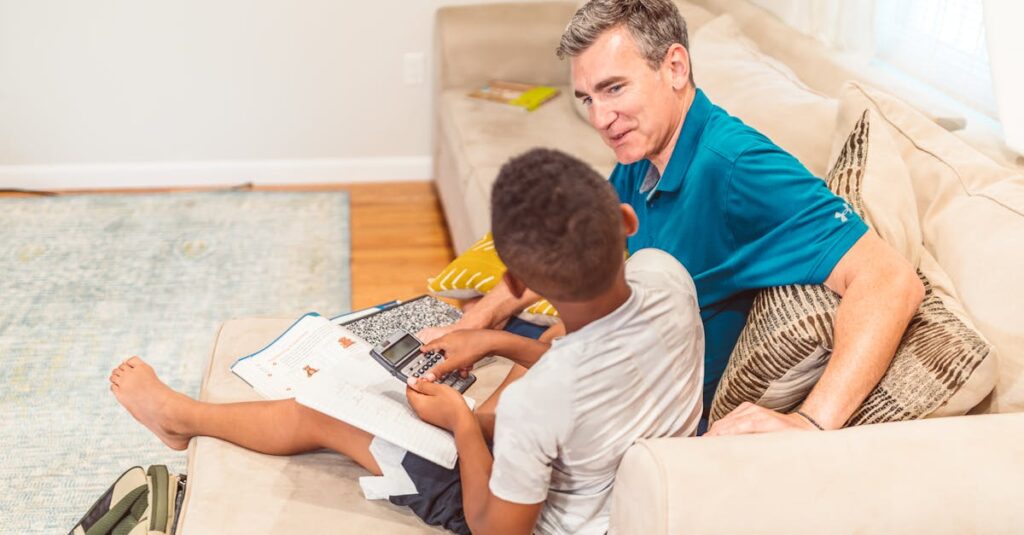The Importance of Empathy and Compassion
Empathy and compassion are essential life skills that help our kids understand and share the feelings of others. Without these qualities, we might end up with a generation of mini-robots lacking emotional intelligence.
Raising empathetic and compassionate children isn’t just about making the world a better place; it’s about ensuring our kids can navigate life’s ups and downs. Life can sometimes be a roller coaster!
So, how do we go about instilling these values in our little humans? Faith can be an excellent guide.
Faith as a Foundation
Faith offers a structured framework for teaching empathy and compassion. For many families, religious teachings are deeply rooted in principles of kindness, forgiveness, and respect for others. These values can be seamlessly integrated into everyday life, making them more relatable and easier for children to understand. Plus, having a higher power to look up to doesn’t hurt either.
This section delves into the core tenets of various faiths that emphasize these qualities, showing you how to weave them into your daily routines.
Practical Tips for Parents
Parents play a crucial role in teaching empathy and compassion through leading by example. Your actions speak louder than words—if you want empathetic kids, be empathetic yourself. Start by engaging in simple acts of kindness like helping neighbors or volunteering together. Discuss these actions with your kids to make the lessons stick. Additionally, use bedtime stories or religious scriptures that highlight compassionate behavior. By making empathy a family affair, you’re cultivating a home environment that values and rewards emotional understanding.
Summary: Teaching empathy is a vital aspect of parenting. Lead by example, engage in acts of kindness, and incorporate stories that highlight compassion to create a nurturing environment that fosters emotional understanding.
Addressing Emotional Challenges
Understanding and addressing emotional challenges is vital in teaching empathy. Kids often grapple with feelings like anger, frustration, or jealousy, making it tough for them to empathize.
When your child is emotional, don’t dismiss their feelings; instead, communicate openly and validate their emotions. Encourage them to articulate their feelings and suggest ways to cope. Sharing your own experiences can also offer valuable insights.
This section highlights some common emotional challenges and provides practical advice on how to handle them.
Incorporating Stories and Role Models
Stories and role models can make empathy and compassion more tangible for children. Religious texts often feature stories of compassion, forgiveness, and selflessness that can serve as powerful teaching tools.
Additionally, real-life role models—including religious leaders and even historical figures—can offer examples for your child to emulate. Share these stories and discuss the moral lessons they convey. This not only makes the concepts more relatable but also reinforces their importance in real-world scenarios.
Using stories and role models can be an effective way to teach children about empathy, compassion, and moral values.
Encouraging Compassionate Actions
Encouraging your child to engage in compassionate actions can solidify lessons on empathy. Simple activities like writing thank-you notes, donating toys they no longer use, or helping out a friend in need can make a significant impact. Make these actions a regular part of your family routine. Celebrate these small acts of kindness to show that empathy and compassion are not only appreciated but also integral to a well-rounded life.
This section provides a list of doable activities to encourage compassionate behavior in your little ones.
- Writing thank-you notes
- Donating toys they no longer use
- Helping out a friend in need

